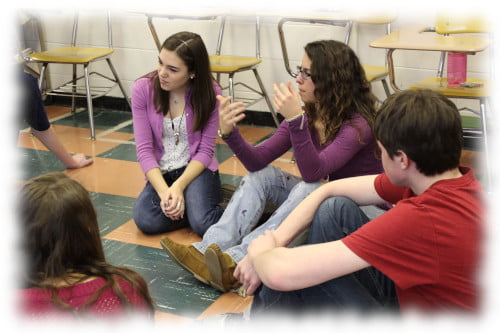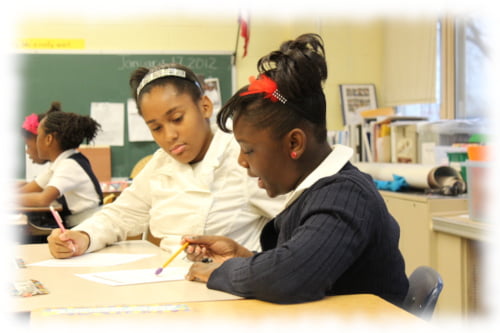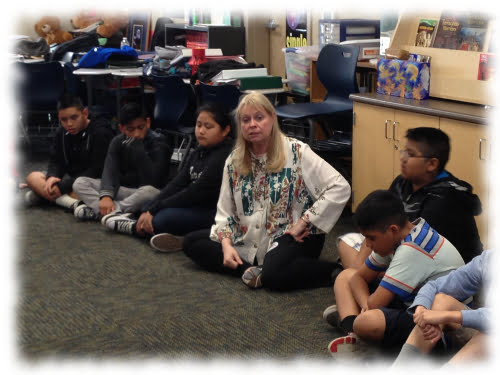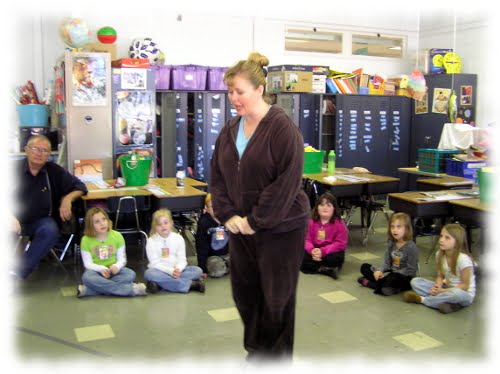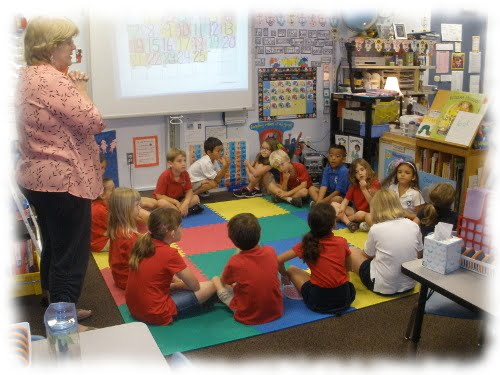One of the top six questions I frequently get asked is about classroom management.
"How do I manage all of that movement, shyness, talking, and laughter?"
Management has to be considered from initial lesson planning through implementation. Silliness, movement, shyness, talking out of turn, and laughter during performance are usual concerns. Below are initial responses with more detailed information in management articles for members.
How do I manage movement?
- Introduce locomotor and non-locomotor movement by having the students try out actions both ways. Give students a feel for moving around and then staying in one spot. One way to teach this to younger students (kindergarten to third grades) can be found in the lesson “Working with Space.” For older students (first to eighth grades), I recommend the lesson called “The Hare and the Tortoise.” To build your own lesson, find a story where the characters travel through space and have the students play moments with locomotor movement and then with non-locomotor movement.
- Choose a signaling device and use it to cue when movement begins and ends. I use a tambourine (drum, clave sticks, etc. work as well) and use it to start and stop movement. I connect this to concentration/focus and attention. See “The Freeze” activity on how to incorporate this concept.
How do I manage shyness, silliness, and laughter?
These types of responses often come from a sense of feeling uncomfortable or embarrassed. Sometimes they can come from traumatic experiences or a fear of being laughed at or being made fun of by others. As educators we want to make sure students feel emotionally and intellectually safe. To assist with this try these ideas:
- Allow students to pass in an introductory lesson to get a feel for the activities, see how peers respond to each other, and trust how you are guiding the lessons. Never coerce or cajole. If you say they can pass, mean it. The lesson “Book, Stick, Chair, Person” is an example lesson you can use.
- Allow students to observe any time they are feeling “at risk.” Let them enter the drama at their own pace.
- Organize the introduction of skills and activities so they start slow and risk free, building up to performance work. My seven Introductory Lessons were designed to be just such a sequence. Every grade level sequence I have designed repeats this process.
- Teach concentration early and often. In the first or second drama lesson, teach concentration along with “showing off*” and the indicators of “showing off*.” Use a signaling cue of some type like what is found in “The Freeze” lesson. Students need to know that you always expect concentration/focus from them in order for drama to continue. Follow through by always stopping and addressing any behavior that is out of place.
*If you are uncomfortable with the words “showing off,” choose something similar that is right for your group.
These tips should assist you with classroom management when you integrate drama or anytime you need to focus the group. If you desire additional suggestions specific to your situation, contact us.
by Karen Erickson




